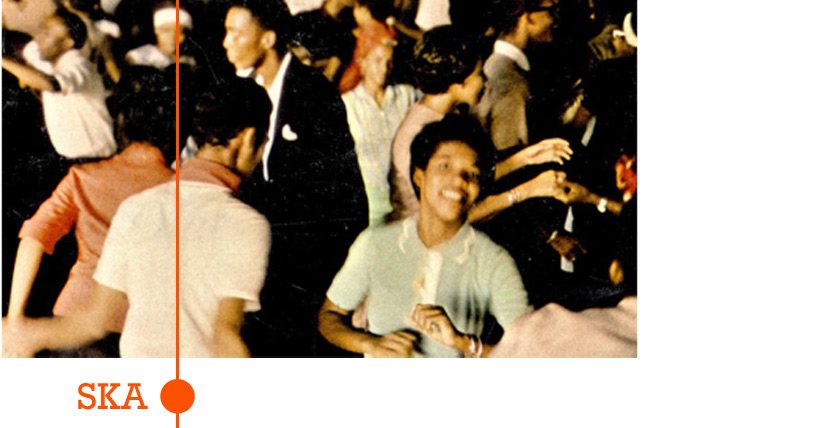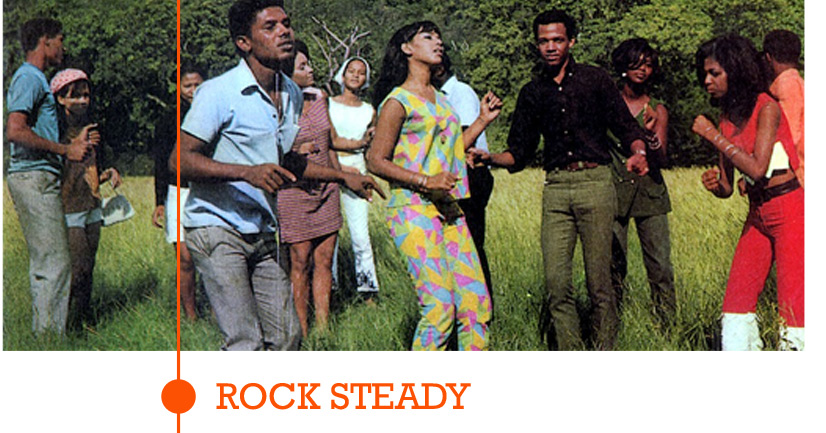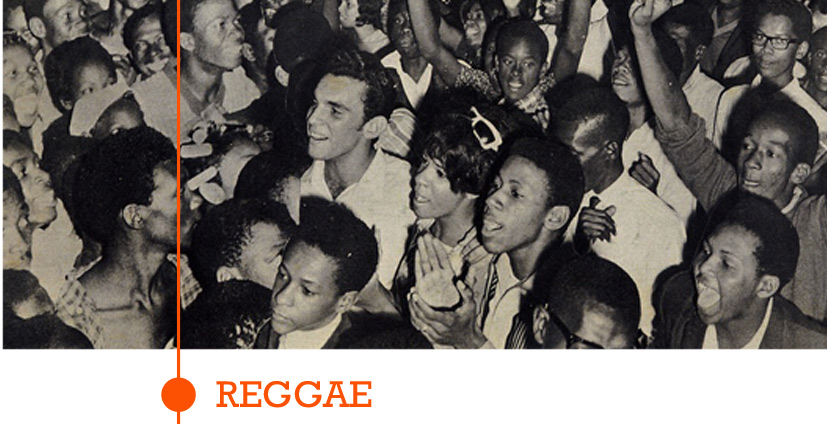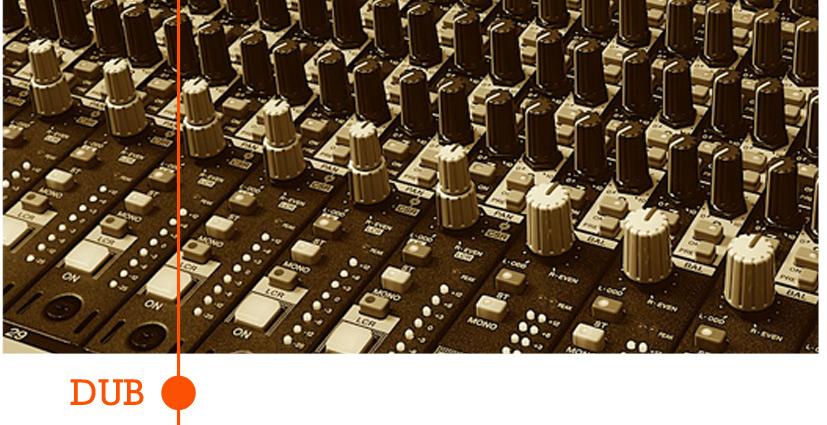Jamaican Music History

Before the advent of Ska in the early Sixties, Jamaican music was dominated by two other indigenous music styles: Mento and Jamaican Blues or Blues Beat. The Calypso-flavoured sound of Mento prevailed on the local music scene during the years immediately following WWII and remained the most popular home-grown style until the development of Jamaican R&B or Blues Beat in the late Fifties. This new sound was at first indiscernible from old-style American R&B, but soon developed a sound of its own that ultimately led to Ska.

Characterised by its rapid, jumpy tempo, created by short piano or guitar stabs on the offbeat, Ska was the national sound of Jamaica throughout the early Sixties. Fusing Jazz, R&B and Mento, the sound had run its course by 1966, before being revived by a plethora of UK-based bands the following decade.

The successor to Ska, Rock Steady first came into being during the long hot summer of 1966, dominating the Jamaican music scene for two glorious years before being superseded by Reggae. During this golden period, in which vocalists finally came to the fore, many of the rhythms that have since provided the backbone for island’s music industry were created.

The generic term for modern Jamaican music, Reggae developed in 1968, superseding Rock Steady as the island’s dominant musical style. Initially characterised by a guitar rhythm that accentuated the second and fourth beat in each bar or a shuffling organ style, the genre has since undergone numerous changes and spawned numerous subs-genres.

By the mid-Seventies, many Jamaican performers were looking increasingly inward for inspiration, highlighting issues such as local politics, the Rasta faith, and social depravation and disorder. These themes provided the main focus for songwriters up until the advent of Dancehall in the Eighties.

First popularised in the early Seventies, Dub primarily consists of recordings being manipulated and reshaped, usually with extensive use of echo and reverb effects, with the vocal and various instrumental tracks intermittently dropped in and out of the mix, placing an emphasis on the drum and bass parts.

In the mid-1970s, many British Reggae fans found musical fulfilment in the first home-produced style to be successfully exported to Jamaica – Lover’s Rock. This romantic Reggae style continued to dominate the UK scene well into the eighties and beyond, with both local and Jamaican acts enjoying considerable success on the Reggae and mainstream charts.

Following the passing of Bob Marley in 1981, the roots and cultural sounds of the seventies was supplanted by the more forceful, inward looking style of Dancehall. Reflecting the sounds currently popular among Jamaican audiences, Typified by no-nonsense lyrics that dealt with the pleasures and pains of everyday life in the ghetto, original Dancehall dominated until the onset of the digital era that commenced later in the decade.

In the mid-eighties, advancements in recording technology revolutionised Jamaican music, creating a digital sound that soon became widely known as Ragga. Initially marked by its simplistic arrangements, bereft of any analogue equipment, the sound opened the way for a new generation of young performers to make their mark on the local and international music scene, and while the style has since developed, in terms of both arrangements and lyrical content, it remains the cornerstone of modern Jamaican music.
